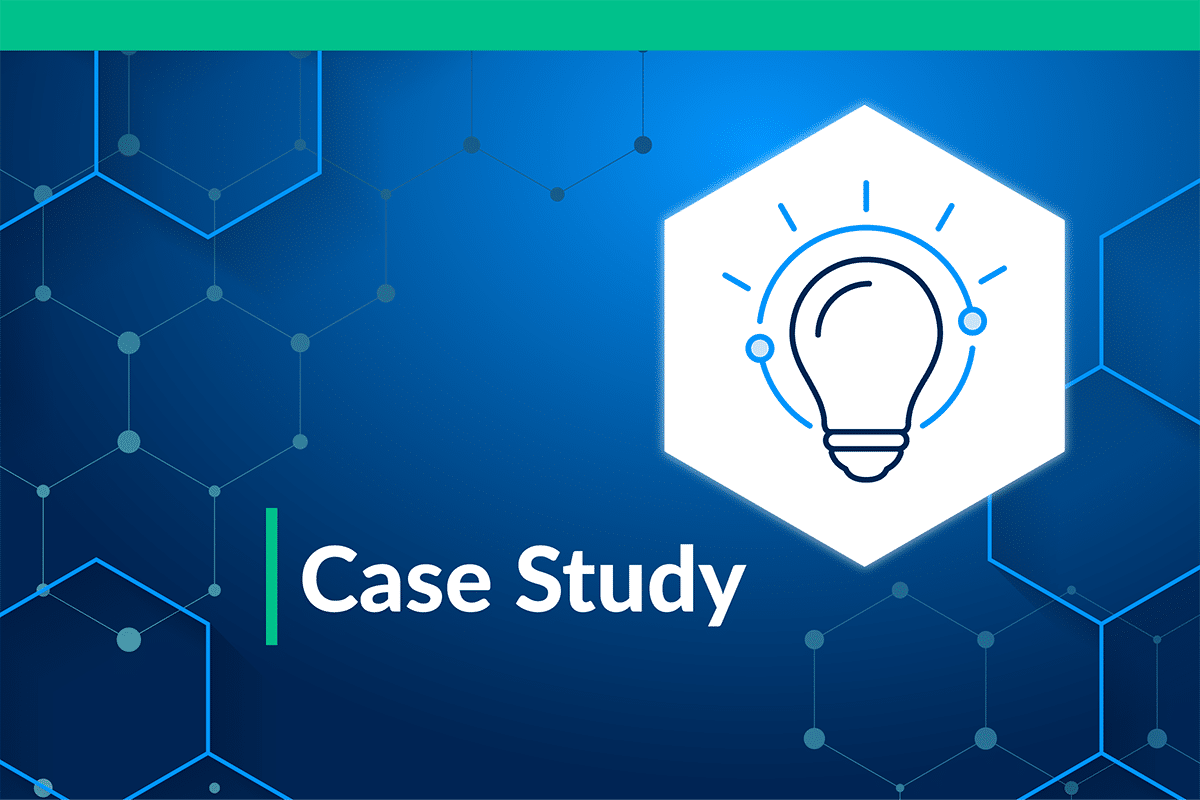Challenge
Much of the information that public health organizations need to effectively understand their communities sits in siloed databases inside and outside of their organizations.
One state in the Western U.S. had a longstanding challenge determining if they had an accurate Medicaid roster. They also suspected that there were federal programs like the Special Supplemental Nutrition Program for Women, Infants, and Children (WIC) that were being under utilized in the state based on discrepancies between the Medicaid and WIC rolls.
Solution
“The true value of our relationship with Verato is that our organization now has the confidence to strategically use our data.”
CEO of large western HIE
Using Verato UMPI™ as an identity resolution service, the state’s HIE partnered with Verato to offer the state an updated roster of Medicaid patients.
They discovered that many children and families were eligible for the programs and not currently receiving benefits. After that, they utilized social determinants of health (SDOH) data and MPI services provided by Verato to look at other ways they could improve outcomes in their state.
The updated roster and relationship with the state allowed the HIE to help with even more initiatives, including: attaining new funding, enhancing analytics, reducing health inequities, and facilitating the state’s COVID-19 response.
Results
By providing an updated Medicaid roster to the state, the HIE enabled the state to get additional funding to correspond with the population that they serve.
Additionally, the HIE was able to compare the updated Medicaid roster to the roster for The Special Supplemental Nutrition Program for Women, Infants, and Children (WIC) that the state runs, where eligibility requirements are nearly identical to Medicaid. The HIE was able to identify nearly 17,000 children who were eligible for the WIC program but not yet enrolled, amounting to nearly 37 million dollars in additional funding that the state was not currently utilizing that could be going towards feeding hungry children in the region.
Demographic details and economic security factors have allowed the organizations to directly address health inequities, proactively sharing information about wellness and food assistance programs to the right groups, increasing education and effectively reaching out to the right patients to improve outcomes both in the short and long run.
By bolstering capabilities for data capture, enrichment and analysis, public health organizations become better positioned to address and eliminate inequities in health care access and care that threaten vulnerable populations.
Verato provided curated data on social determinants of health (SDOH) and identity information management, which allowed the organizations to drastically improve analytics by identifying trends in their communities.
Only once public health organizations have a complete view of their populations can they do meaningful analytics, tailored outreach, comprehensive care coordination, and truly engage with the person.
